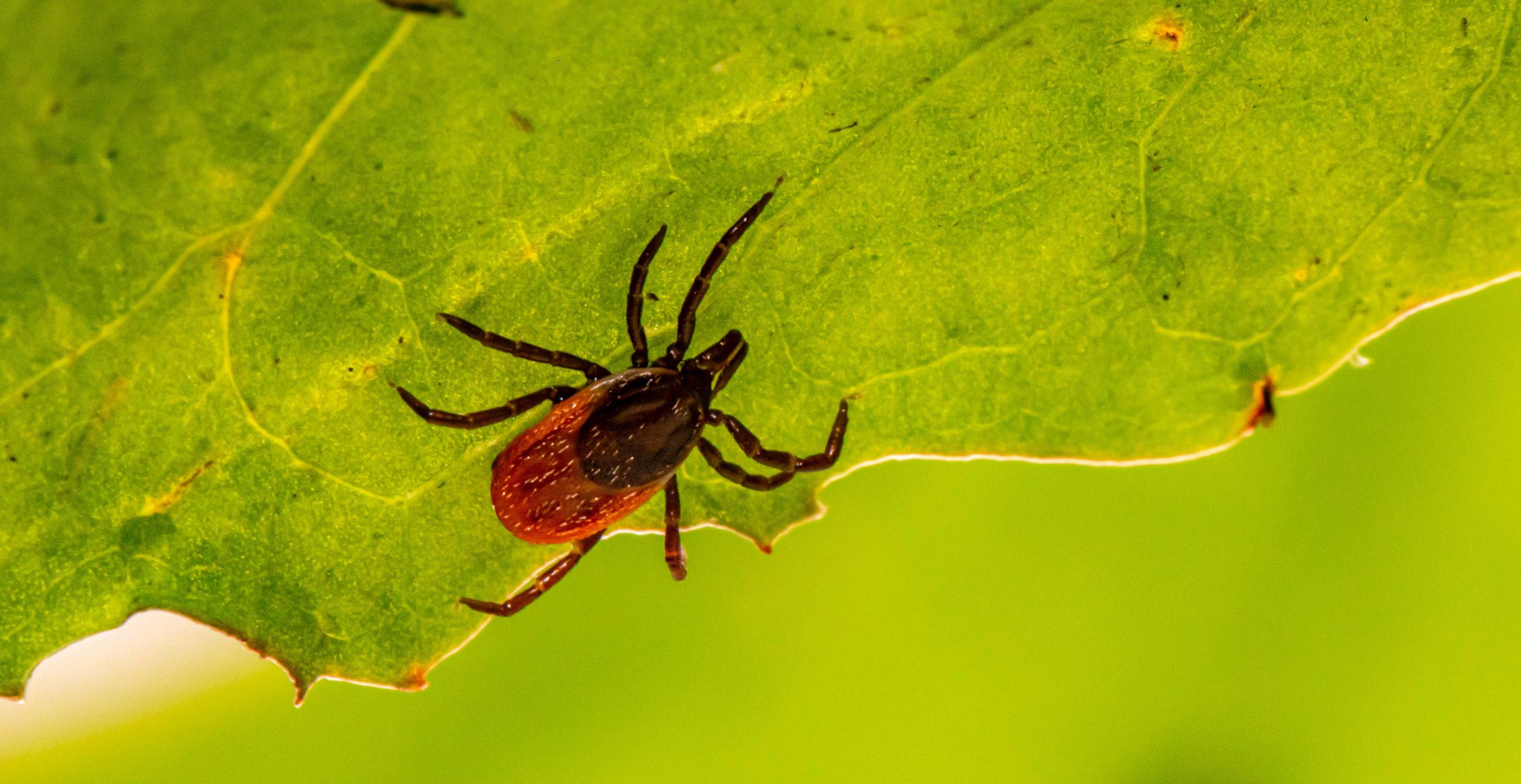
With hiking and camping season in full swing, many Canadians may find themselves in the presence of pesky ticks that risk spreading Lyme disease.
Dr. Muhammad Morshed, a clinical professor at UBC’s faculty of medicine and expert on Lyme disease and emerging pathogens, discusses how climate change is increasing the prevalence of tick-borne illnesses in Canada and what you can do to protect yourself.
What is Lyme disease?
Lyme disease is a serious illness caused by the bacteria Borrelia burgdorferi, which is usually spread to humans through bites from a specific species of tick called the blacklegged tick, or deer tick.

Within three to seven days, or as long as a month after, people may experience a rash near the site of the tick bite and flu-like symptoms. Over time, more serious symptoms can emerge, including arthritis, facial paralysis, heart issues and meningitis, which is why we want to diagnose and treat this disease as early as possible. The good news is that the great majority of people can be treated successfully with antibiotics.
How common is it in B.C. and Canada?
In B.C., fewer ticks carry Lyme disease bacteria compared to eastern Canada and the eastern U.S. These tick species in B.C. are mostly localized to the Lower Mainland and Vancouver Island. We see an average of 12-18 cases of Lyme disease per year in B.C. and half are travel-related. Across Canada, Nova Scotia has the highest rate of ticks that carry Lyme disease-causing bacteria.
How is climate change impacting the spread of Lyme disease?
Lyme disease and climate change are interconnected. Warmer temperatures mean that tick season starts earlier and lasts longer, and can expand the geographic areas that are suitable for their survival. And since ticks spread among animals during mating, climate-related changes in animal populations may allow ticks to slowly expand into areas where they weren’t seen before. Some birds can also carry ticks and help them get established in new areas.
It’s important to remember that Lyme disease is not the only disease transmitted by ticks. In addition to Lyme disease, ticks can also transmit diseases such as anaplasmosis, ehrlichiosis, babesiois and Rocky Mountain spotted fever. Fortunately, the risk of getting them in B.C. is still very low.
What can people do to protect themselves?
If you can, wear long sleeves, tuck your pants into your socks and wear light-coloured clothing that makes it easier to see ticks. Insect repellant with a high percentage of DEET will also help fend off ticks.
After spending time in wooded areas or tall grass, check your entire body for ticks and parents should check their kids and pets. Ticks have soft pads on their legs and a potent substance in their saliva that prevents pain and itchiness, so you often won’t feel them.
What should I do if I’ve been bitten by a tick?
If you find a tick on your body, use clean tweezers to carefully pull it straight up, wash the area and never crush it with your fingers. Monitor yourself for flu-like symptoms, including fever, headache and fatigue, and a bull’s-eye pattern rash. If you have these symptoms, see your healthcare provider immediately.
You can also identify the species of tick by submitting a photo to the eTick app, and you can submit it for testing at the BCCDC Public Health Laboratory by saving the tick in a container with a tight-fitting top and bringing it to your physician.
What are you currently researching about Lyme disease?
Our lab focuses on Lyme disease surveillance to monitor the disease very closely and understand where and how much it is spreading. We’re also studying the genetic makeup of Lyme disease bacteria to better understand different strains, the host vector-pathogen relationship, and to develop better and more accurate molecular diagnosis methods.